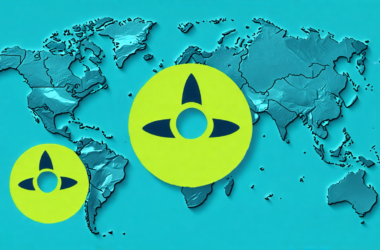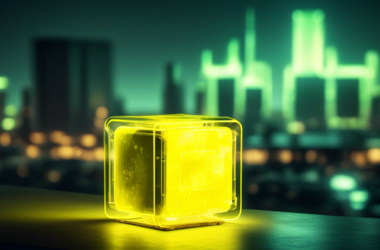The Havasupai Tribe, guardians of the Grand Canyon region, are facing a threat to their sacred lands from uranium mining. Red Butte, known as the abdomen of Mother Earth, and Mat Taav Tiivjunmdva, the mother’s navel, hold deep spiritual significance for the tribe. Despite their efforts to protect these lands, the Pinyon Plain Mine, operated by Energy Fuels, has drilled nearly 1,500 feet deep into the earth to extract uranium ore.
Dianna Uqualla, a member of the Havasupai Tribe, expressed concern over the mining activities, likening them to the violation of Mother Earth’s body. The tribe fears for the safety of their water sources, wildlife, and cultural heritage. Former chairwoman Carletta Tilousi has been advocating against uranium mining, emphasizing the importance of protecting natural resources and tribal communities.
The Arizona Department of Environmental Quality issued an aquifer protection permit to the mine, leading to minimal concern over water contamination. However, environmental experts have warned of potential risks to groundwater and ecosystems in the region. Fred Tillman, a hydrologist, highlighted the need for rigorous monitoring and research to assess the long-term impacts of mining activities.
The complex and nuanced nature of the debate surrounding uranium mining in the Grand Canyon region has sparked controversy and confusion. Scientists and advocacy groups are calling for a balanced approach that considers environmental, cultural, and scientific factors. As the tribe continues to fight against the encroachment of mining operations on their ancestral lands, the future of the region hangs in the balance.










